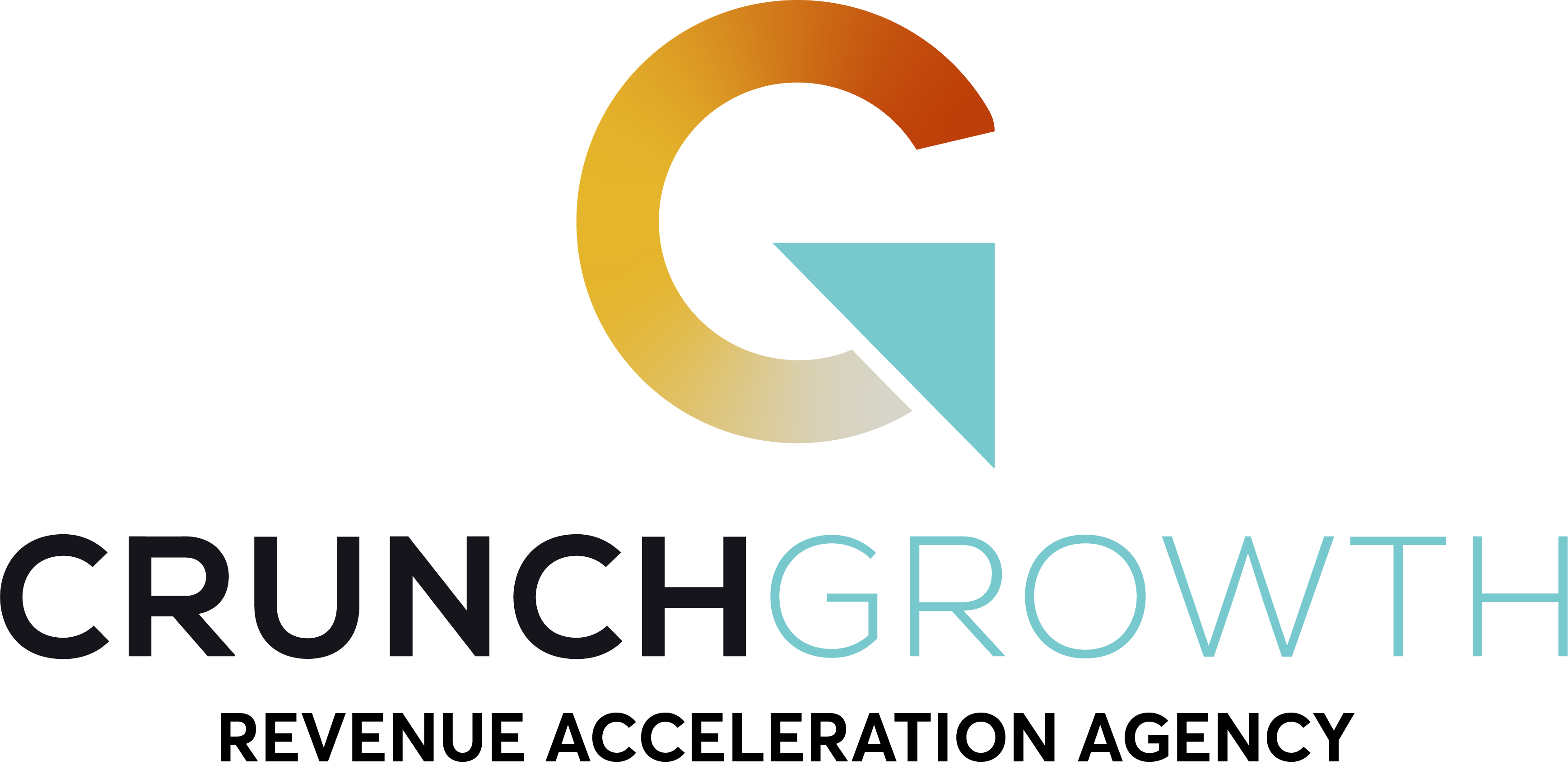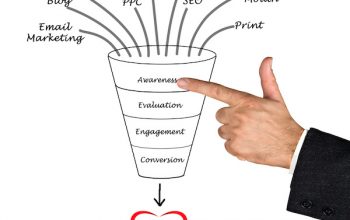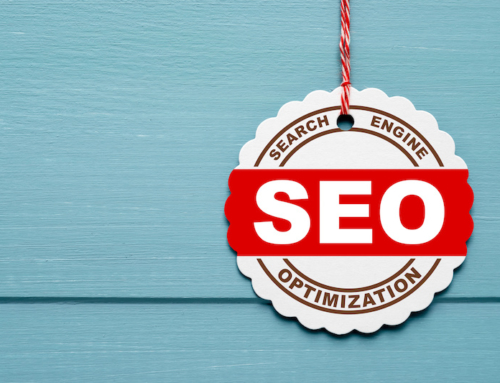I Improved My Website Conversion Rates & So Can You!
There are all kinds of website conversions e-commerce businesses covet. From click-through and page views to signing up for membership and making purchases. Improving website conversion rates of any type is the best way to reach your overall goal of increasing profit. Provided you have a solid pipeline that leads from one conversion type to the next.
There is no single, foolproof strategy when it comes to increasing website conversions, and what works for one business may not work for another. Every business will have to go through some amount of trial and error to discover the particular equation that delivers the best all-around results.
I, myself, have had to tweak proven strategies to meet the needs of specific brands and products. However, there’s no reason to start from scratch. Taking a cue from those who have had success in increasing website conversion rates provides a springboard from which to develop your strategy. This is the approach I use, and I can show you how to do it also.
Set Clear Goals
I cannot stress enough the importance of planning and research when creating any marketing goals. You have to put in the time on preliminary efforts if you want the best opportunity to succeed.
Regarding improving website conversions, this means setting clear goals for conversions. Which are the most important to you? What are the quantifiable factors? How can you set realistic goals?
Before you even start thinking about the practical aspects of setting up conversion funnels, you need to lay the groundwork for a successful campaign by setting clear and attainable end goals.
Be Relevant, Be Valuable
Every consumer has motivators, and if you want to make website conversions, you need to understand these motivators and how to trigger them.
Click-through on ads is an easy example because it’s simple enough to find out what search terms are the most popular. Then test to see which keywords and combinations deliver the best results for you.
Relevance in this conversion is relatively easy to determine. You can provide value with added information about products/services, product features, pricing, deals, and so on. Once visitors reach your website, there are other ways to provide relevance and value.
For example, my shaving company wanted to make sales both through Amazon and our website. One goal was to convert Amazon customers to brand customers so that they would make purchases directly from the company website.
I accomplished this by offering different goods on Amazon versus the business website. I provided packaged bundles with handles and cartridges only, driving customers to go to the site to purchase additional cartridges and thus converting Amazon customers into brand customers.
Customers buying a handle would eventually need additional cartridges, and by failing to offer them through Amazon, I made it both relevant and valuable to purchase directly through the site.
Be Clear and Concise
It’s hard enough to get visitors to your site – you don’t want to lose them once they’ve arrived. To improve website conversion rates after click-through, you have to assess every part of your website and your process. View it from a user perspective from layout and design to content to check out.
Intuitive, responsive design is a must today. As well as keeping your layout and design up-to-date and incorporating modern trends. You must also provide clear and relevant information to customers based on the reason for click-through to landing pages.
It’s important to look at your website from the user point of view. Is the most relevant information provided first? How many steps are required to complete conversions like signing up for membership or making a purchase? Are CTAs clear? How about value propositions?
The website flow of getting a customer to the site, where you want them to go and what action you want them to take is critical for a great customer experience. Continually analyze analytics to find friction points, and unnecessary steps will streamline the process and result in increased conversions.
Website Conversions Testing and Analysis
Improving website conversion rates requires planning. However, follow-up is a major component of the process. Testing (A/B, multivariate, etc.) is an excellent way to save money and see improved response from campaigns. You also need to analyze metrics to gain insight into how and why certain efforts result in success or failure.
Every business will have different results when it comes to website conversions, but with research, testing, and analysis, you should be able to craft a solid strategy for improving conversion rates. Understanding how your goals intersect with consumer goals makes a huge difference in how you strategize, but providing clear, concise, and relevant content is always a good place to start.












Leave A Comment